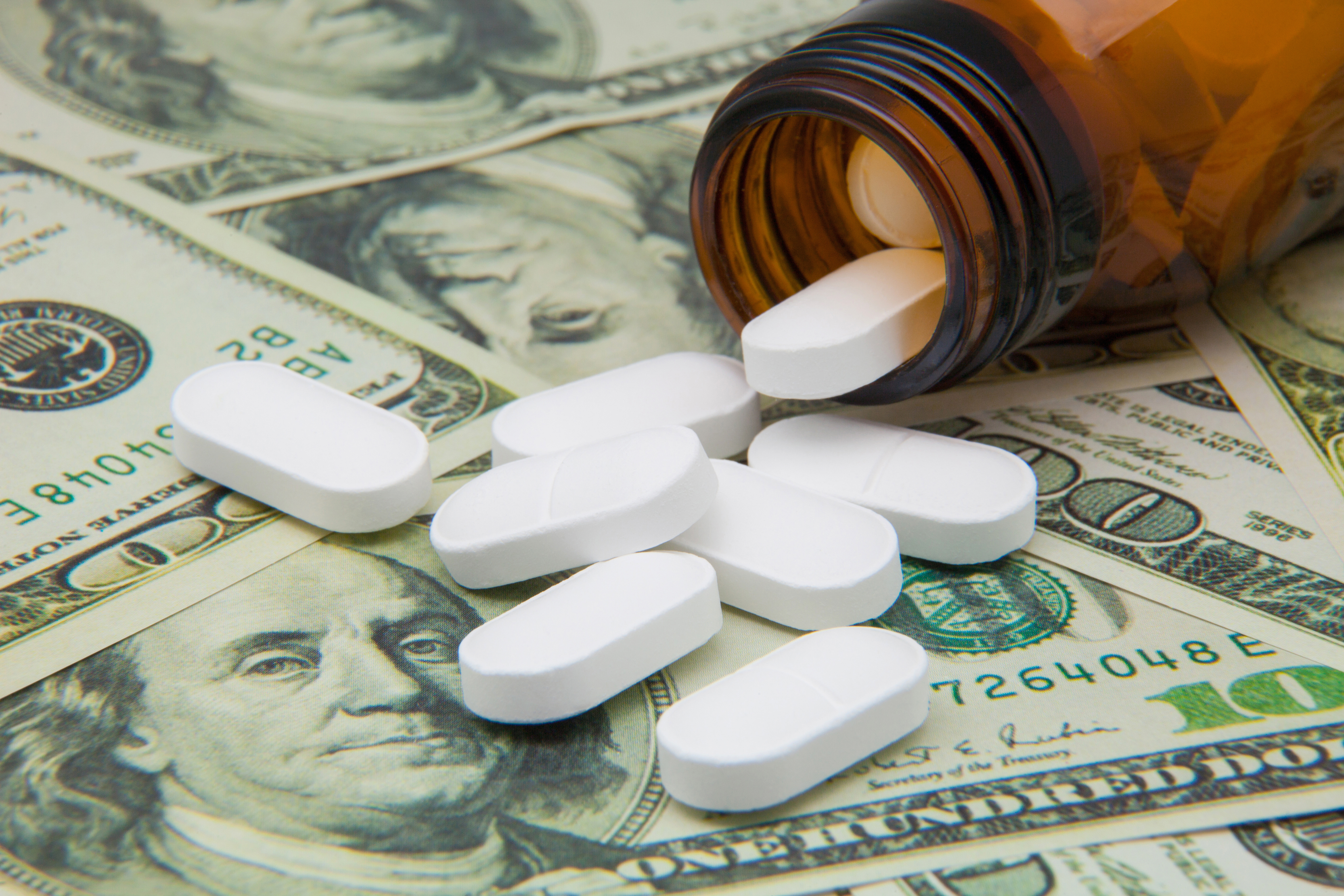Eli Lilly is leading the pack by including drug pricing information in its new Trulicity commercial, but it’s not exactly how the Trump Administration envisioned pricing would be communicated to patients. The new commercial for the pharma company’s blockbuster diabetes drug will tell viewers to visit lillypricinginfo.com to learn about how much they may need to pay out of pocket for Trulicity, as opposed to sharing this information on the Trulicity commercial itself.
The list price for Trulicity will also be shared on the pricing website, as will information on Eli Lilly’s patient assistance programs for the diabetes medication. Patients will also have the option of calling an 800-number after viewing the Trulicity commercial to get the same pricing information for the drug.
On Tuesday, Eli Lilly Chairman and CEO Dave Ricks shared the news of the new drug pricing disclosure on the company’s LillyPad blog. In the post, Ricks highlights patients’ confusion surrounding drug pricing – including topics like price increases, financial assistance and insurance deductibles – as some of the main drivers behind Eli Lilly’s decision to include a link to a pricing resource in their new Trulicity commercial.
“We recognize that the US health care system has asked Americans to pay more out-of-pocket—including for prescription medicines,” said Ricks. “So people need new tools to help them.”
And the company won’t just be sharing this pricing information for Trulicity; they’ve pledged to do the same for direct-to-consumer (DTC) ads for their other drugs, like the psoriatic arthritis medication Taltz and erectile dysfunction drug Cialis. Ricks also promised that the lillypricinginfo.com website will be updated in the coming months with pricing information for drugs not advertised.
RELATED: What You Need to Know About Drug List Prices and DTC Ads
While Eli Lilly’s new foray into drug pricing transparency doesn’t disclose the list price of the drug in the commercial itself – a policy advocated for by the Trump Administration and others – it does follow new DTC guidelines established by industry trade group PhRMA in October of 2018. The PhRMA Guiding Principles document outlines 19 points related to DTC ads for prescription drugs, the last two of which deal directly with communicating drug pricing information to consumers. PhRMA hopes other drugmakers will comply with the guidelines by April of this year.
“Companies should include information in all DTC advertising, where practical and appropriate, directing patients to company resources that may help them with the cost of their medicine,” says the PhRMA document. “All DTC television advertising that identifies a prescription medicine by name should include direction as to where patients can find information about the cost of the medicine, such as a company-developed website, including the list price and average, estimated or typical patient out-of-pocket costs, or other context about the potential cost of the medicine.”
However, in his post, Ricks goes on to say that disclosing drug pricing information in DTC ads is unlikely to be enough to lower patients’ healthcare spending. Ricks points to high-deductible health insurance plans as one of the major reasons for medication non-adherence, and suggests payers should be passing drug rebates provided by pharmaceutical companies along to patients to help lower their out-of-pocket costs for prescription drugs.
PhRMA has taken a similar stance on how the health insurance industry has contributed to the high cost of prescription drugs in the US, previously singling-out pharmacy benefit managers as those standing between patients and drug rebates. Last year, the trade group also commented that, “Disclosing list prices in DTC ads would not benefit patients as they are often not the prices insurers pay and are generally not a good indicator of what patients will pay at the pharmacy counter.”
For now, the pharma industry and the public will have to wait to see whether the US Centers for Medicare & Medicaid Services (CMS) makes the regulation official requiring drugmakers to include the list price of drugs in DTC ads. However, diabetic patients who see the new Trulicity commercial will now have access to a new drug pricing resource before talking to their doctor about the medication, which might be a step in the right direction.












Join or login to leave a comment
JOIN LOGIN